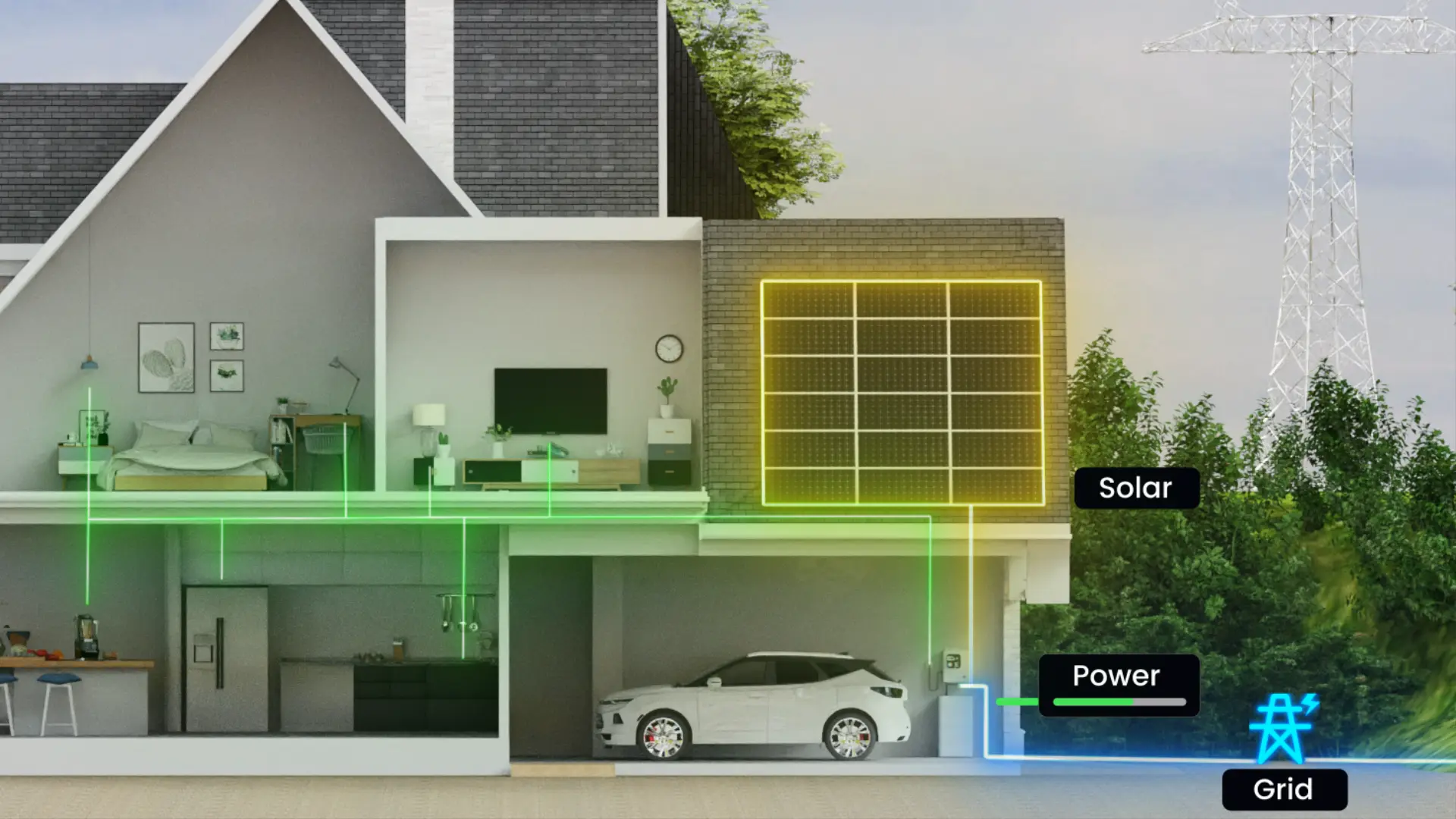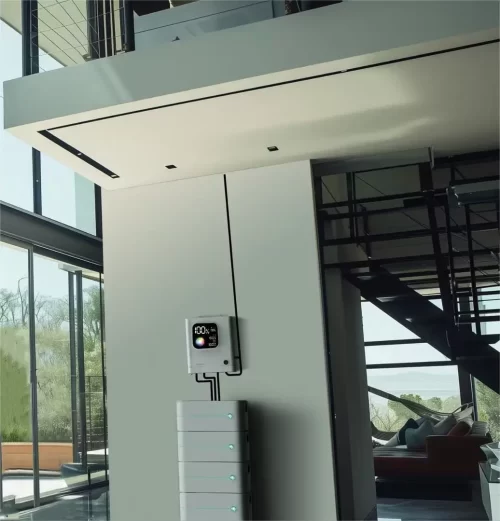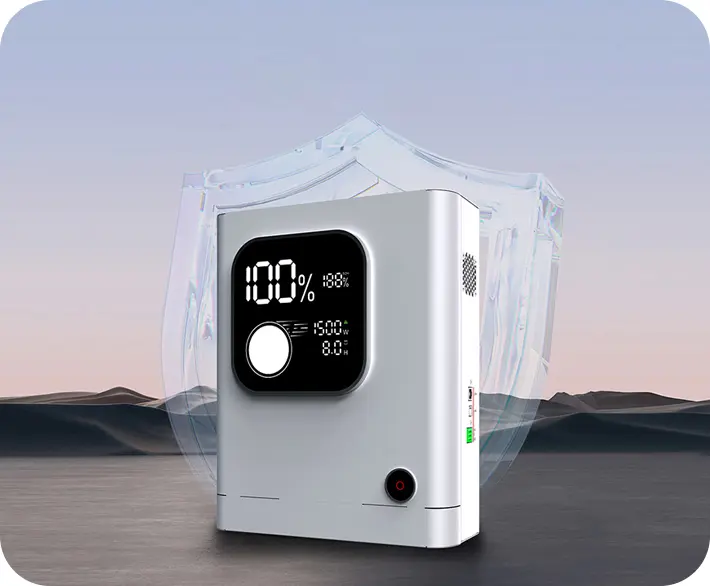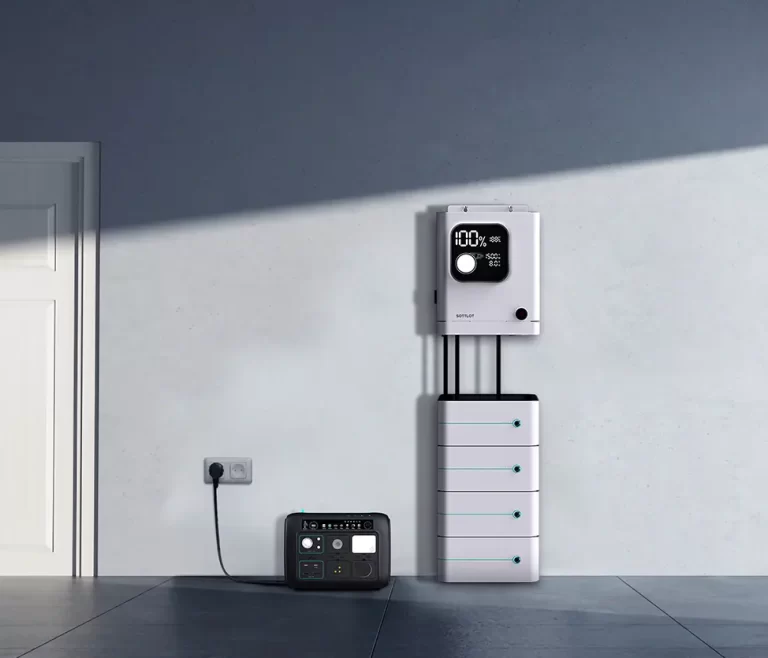In today’s world, with the growing demand for renewable energy, inverter technology has become an integral part of solar energy systems. Inverters not only improve the efficiency of energy use but also ensure the stability and safety of the entire system. In this article, we will delve into the core principles of inverter technology, especially the foundation of PWM (Pulse Width Modulation) technology, and analyze how it serves as a cornerstone to support the realization and development of more advanced technologies.

Core Principles of Inverter Technology
The primary function of an inverter is to convert direct current (DC) to alternating current (AC) for domestic and commercial use. The key to this conversion process lies in the control technology within the inverter, of which PWM technology is the centerpiece.
The Basics of PWM Technology
PWM is a method of controlling electrical energy using microelectronics. It controls the transmission of energy by adjusting the duty cycle of an electrical signal—that is, the ratio of the time during which the electrical signal is in a high state within a cycle to the entire cycle time. In an inverter, PWM technology can precisely control the frequency and amplitude of the output alternating current (AC) to meet the power needs of different electrical appliances.
Applications of PWM Technology in Inverters
- Pure Sine Wave Output: High-quality PWM inverters are capable of generating AC power that is close to a perfect sine wave, which is critical for all types of loads, especially sensitive equipment with high voltage waveform requirements.
- Maximum Power Point Tracking (MPPT): The inverter is equipped with an MPPT function that monitors the output of the solar panels in real time and adjusts their operating state to maximize energy capture, thus improving the overall efficiency of the system.
- System Stability: PWM technology can smoothly adjust the output power to accommodate different loads, reducing grid fluctuations and enhancing system stability.
Realization and Development of Advanced Technology
With the advancement of technology, the combination of PWM technology with digital signal processing (DSP), microcontrollers, and other advanced technologies enables the inverter to not only provide basic power conversion functions but also realize advanced functions such as intelligent energy management, remote monitoring, and automatic fault diagnosis.
Product Features of the Alpha3000 Solar Home Storage Inverter
The Alpha3000 solar home storage inverter integrates the above advanced technologies and has the following features:
- Pure Sine Wave Output: Alpha3000 provides high-quality pure sine wave output to meet the usage requirements of various loads.
- MPPT Photovoltaic Controller: The built-in MPPT controller enables maximum power point tracking of solar panels, improving energy utilization efficiency.
- Intelligent LED Large Screen: The colorful large screen provides users with a clear display of operating data.
- Intelligent Energy Management: Supports simultaneous charging of solar and utility power and intelligently distributes charging power to optimize energy use.
- Automatic Restart Function: The inverter can restart automatically when utility power is restored after the battery is discharged.
- Automatic Load Management: It can automatically distinguish between overload and short-circuit situations and resume output after the problem is resolved.
- Infrared Sensor: Improves the convenience of user operation.
- Remote Monitoring: Remote viewing of system information through an app increases the flexibility of use.
- Multi-protection: Multiple protection functions such as overload, short circuit, over-voltage, under-voltage, over-temperature, etc., ensure the safe operation of the system.
The continuous progress of inverter technology, especially the application and development of PWM technology, provides a solid foundation for the efficient and stable operation of solar energy systems. With further technological development, we expect more innovative inverter products like the Alpha3000 to emerge in the future. These products will not only provide efficient energy conversion but also enhance the user experience and promote the popularization and application of renewable energy through intelligent functions.




